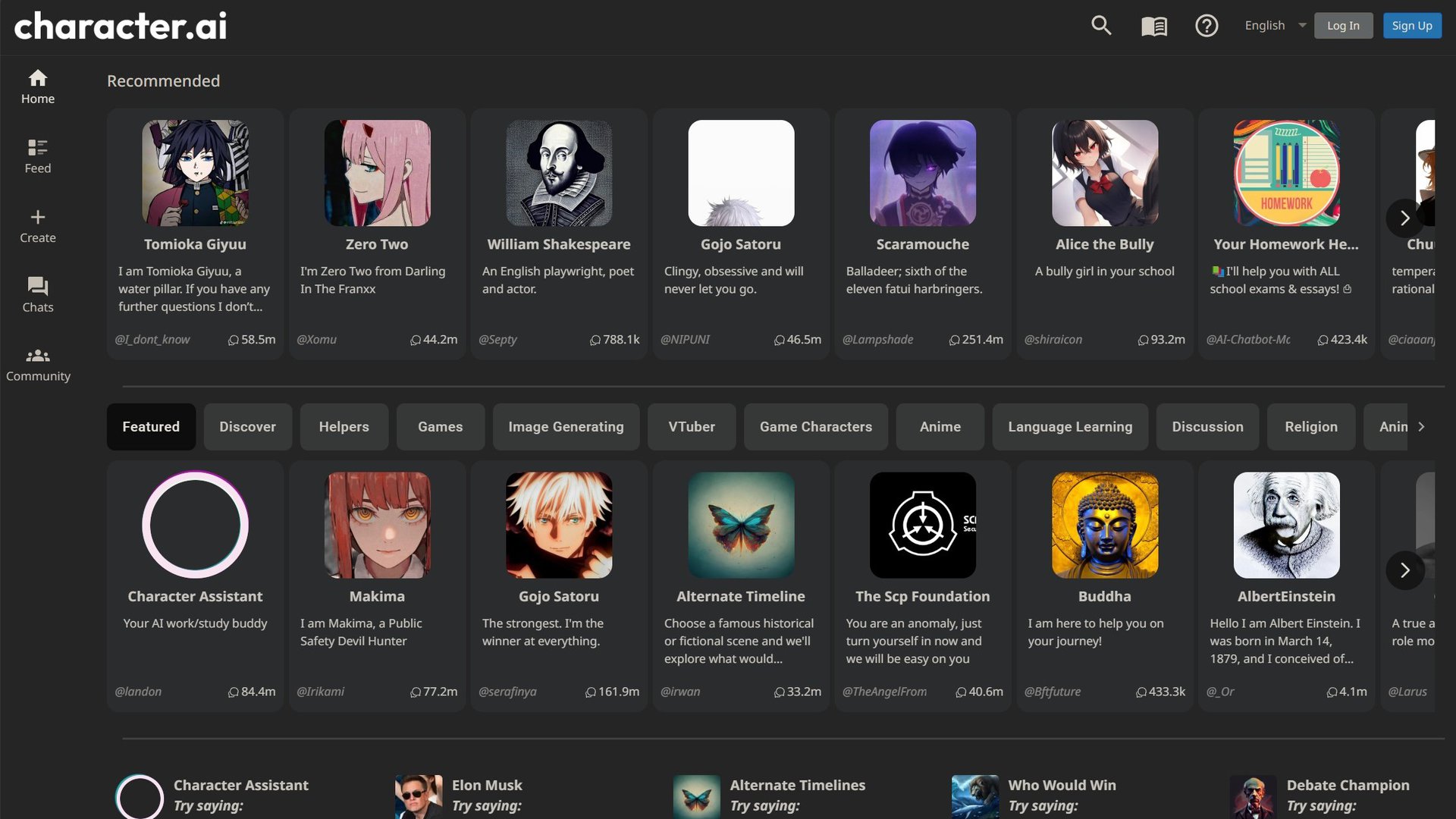The way AI chatbots interact with humans is changing due to more and more of emotional intelligence being built into character AI chat systems. With helping AI to understand and respond on human emotions, developers not only improve the user experience but also make more secure path of a deep interaction between human being and machine. This post goes deeper into the most important link, the character AI and its emotional intelligence reinforced with data and experiences.
Emotion Recognition in AI - Our Desperate Intentions
With respect to AI, Emotional Intelligence refers to the feature of the system of being able to recognize and respond to human emotions as well consider their responses (McGowan, 2017). This is an important ability for AI systems used in areas such as customer service, therapy, and even personal assistants, where there is an emotional aspect to the information. According to research, deploying AIs with their emotional intelligence capability can enhance customer satisfaction up to 35%
The Technological Underpinnings of Empathy in AI
Natural Langauge Processing (NLP), Machine Learning, and Sentiment Analysis each form the technological backbone of emotionally intelligent AI. Such technologies openly stat AI understand language and voice tone variations that might indicate the emotional state of a user. Similarly, with the help of sentiment analysis algorithms even without any images - no problem: about 90% of the happiness, sadness, and other feelings in the text will be identified!
Increasing User Engagement via Empathy
Empathic character AIs can lead to more engaging user interactions as its responses would become more genuine and personalised. After all, a study by the University of California found that the satisfaction level was 40% higher for interactions with empathetic AIs rather than non-empathetic AIs. This tells us emotional understanding not only improves the experience with the user but also the connection between the user and the AI.

AI Training with Emotional Data
For better utilization of emotional intelligence the character AI should be trained with Elmo on varied emotional data sets. Training of this nature includes subjecting the model to various scenarios where RIQ is the most important factor. Preferably the data will be collected over a broad range of demographics, languages, and cultures to ensure the AI's emotional output is universal and impartial.
Capabilities and difficulties of building emotionally intelligent AI
In particular, understanding and using emotional data accurately, and in the context of user privacy and ethical AI usage, is one of the biggest challenges facing those that develop emotionally intelligent AI. Misunderstandings can result in misleading action, which could be harmful to the reputation of users. Additionally, it necessitates strong data privacy controls to protect sensitive emotional data and keep it compliant with data protection laws such as the GDPR.
Future Directions and Floating Ideas
As with all AI and machine learning, we are still in the first generation of emotionally intelligent AI with few platforms including emotional recognition offering this feature. Current studies are only working to improve the sophistication of emotional interpretations in order to make AI interactions almost combinations that have of human-to-human interactions.
For further insights into how EQ is transforming character AI interactions, check out the character ai chat.
Character AI chat systems then become even more effective at their tasks and are better integrated into our lives as essential and trustworthy parts of our daily loanscape, not just another helpful function-sectional, tenuous bridge from dry technical capabilities to emotional-human capabilities.